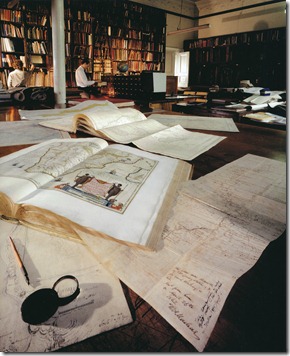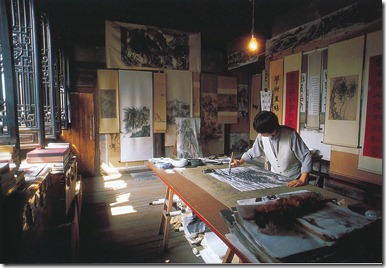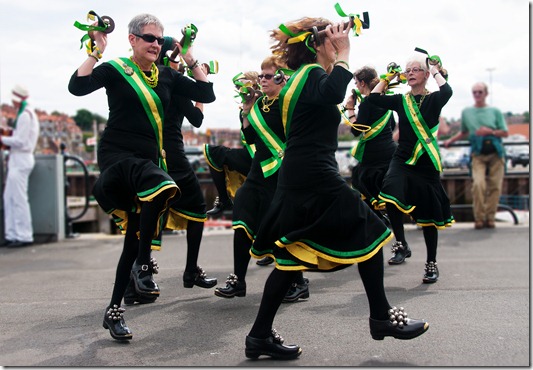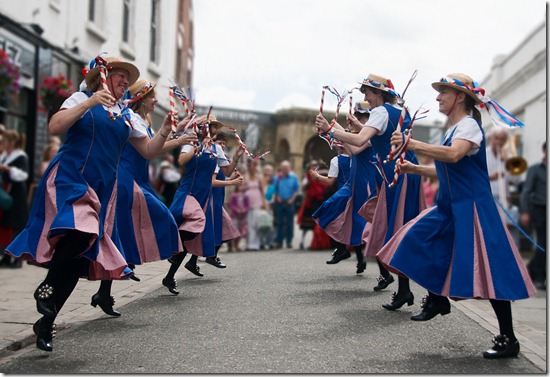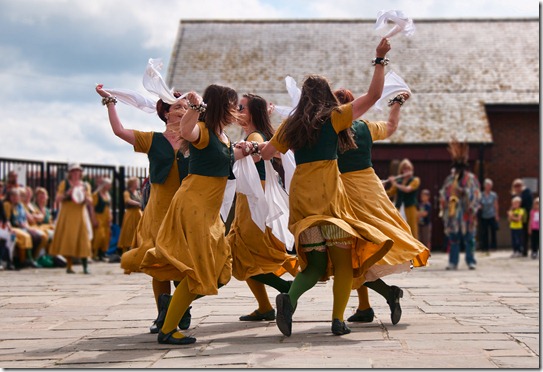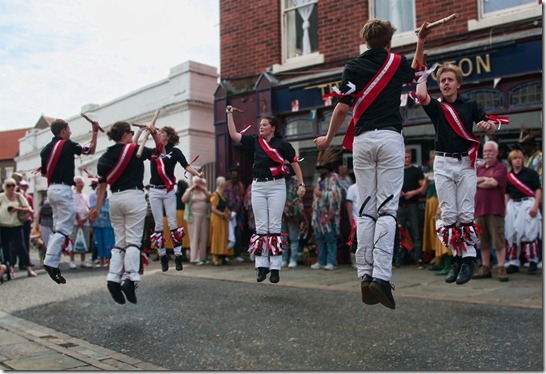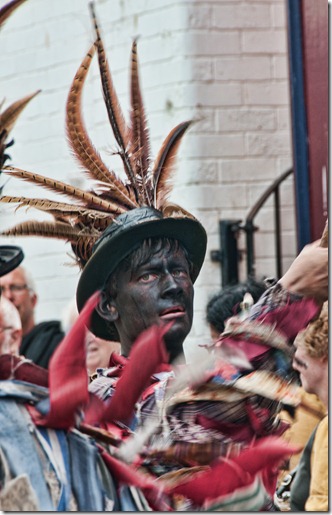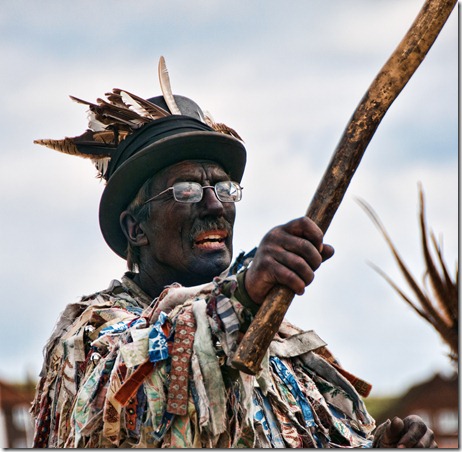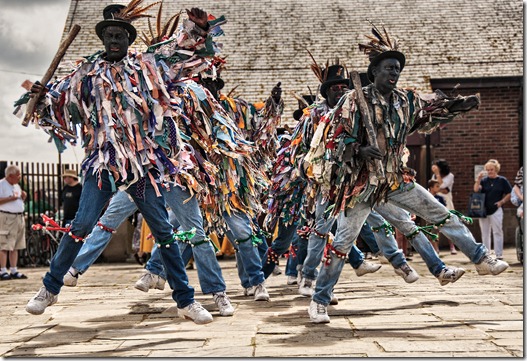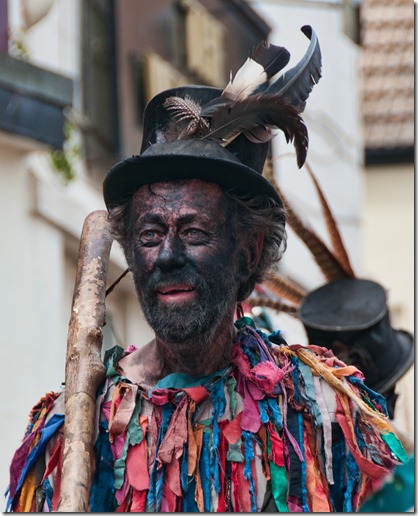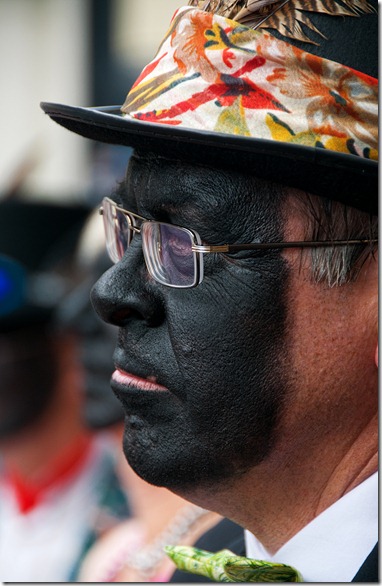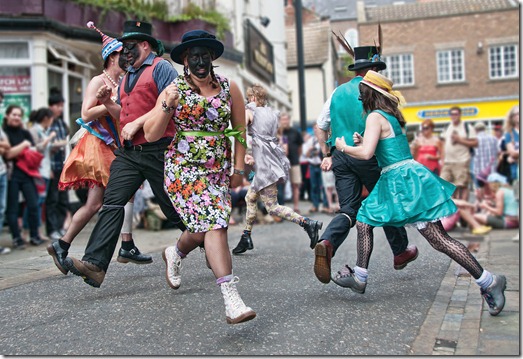Finding articles relating to the photography of the inside of buildings, with regard to how the spaces function, is not easy. Instruction on the photographing of architecture is much easier, but not what I was looking for. Some of the work of photographers in Magnum Photos
http://www.magnumphotos.com/ displays the kind of approach I wanted. In particular: Alex Majoli, October 2012 Paris Fashion Week where he uses figures within the spaces to bring life to the images; Bruno Barbey, Morocco Fes. 2012 where he has used different viewpoints to show the spaces used in the textile industry; Carl De Keyzer, Amsterdam Designers 2007 places subjects within their working environments; Chien-Chi Chang brings interiors to life in many of his images; Peter Marlow has several portfolios showing development interiors, mostly inferring that they are occupied without showing people; Susan Meiselas, Postcards from America III – House of Pictures, captures the spaces of a clothing factory with workers at their stations. Wayne Miller’s images show people in context with their surroundings, but the emphasis is on the subject, rather than the surroundings – not what I’m looking for just now.
Starting from the premise that I first need to know how to photograph the insides of buildings, I looked through my books and found one or two images which gave an idea of what to aim for:
In Michael Freeman’s ‘The Photographer’s Eye’ in the section ‘Perspective and depth’ there is an image of a cartographer’s library, which shows how the space is being employed.
While this is an example of the use of an image which used a tilt lens, the significance of the type of image is relevant to what I’m looking for. This image shows how the space is being used and tells a story of what is going on here.
We see areas where books and other reference items are stored, tables where the items can be worked with and people using it. This is the type of image I’d like to produce for the first exercise.
So, looking at this image, I need to consider perspective.
Another Michael Freeman book ‘Photographing People’, shows an example in the ‘workplace portraits’ section:
This is another example where perspective has been used to good effect. We see how the space is being used to fill the walls and provide a work area.
I suspect that a wide angle lens has been used here, as there is some distortion of the verticals in the image
John Hedgecoe’s ‘Complete Guide to Photography’ includes three projects relating to building interiors:
1. In the simple interiors section he addresses light. He advises that small, single source lighting from a window or open door may produce high contrast images, with the shadow areas showing very little detail. If additional lighting is to be used it should be diffused or reflected to create a soft light. Bouncing the light from a flash unit off walls, umbrellas or reflectors may be a possibility. If flash units are used, they should be well out of frame and softened.
2. For large-scale interiors (churches, courtyards etc.) it’s more difficult to provide additional lighting – it may be useful to use a tripod, with the camera triggered in ‘bulb’ setting then fire the flash at different areas – paint with light. Also, there’s a factor of deciding what to include in the shot – what can be included and what can be left out!
3. Including people in the image takes away the decision of what time of day to use for the image – the presence of the people defines when the image is to be captured. Here he extolls the advantage of working in Black and White, where the problems of colour cast due to different light sources is no longer an issue and it’s easier to use the high contrast from single light sources to create low-key atmospheric images like this:
The low light angle, with the camera positioned to cover the area from dark to light and with the sitter gazing into the light have produced an image which places the woman comfortably in her space. The room is so obviously part of the woman and vice versa.
High-key images can similarly be produced, in well-lit areas which make the space seem more open and less painterly.
A common theme throughout these examples has been the choice of lens, the aperture being used and the positioning of the camera:
· The two perspective images use a wide angle lens and obviously quite a small aperture, to attain the good depth of field and both with a fairly low shooting angle, which increases the perspective.
· The Black and White image looks to be a standard lens, as there’s no distortion or shortening of perspective. The camera position is a little higher, which creates good lines with the floor and light lines from the window to draw the viewer into the picture.
Norman McGrath’s ‘Photographing buildings inside and out’ has a wealth of information regarding equipment, planning, viewpoint etc. It’s a little dated, so suggestions on how to make B&W slides etc. can be taken with a pinch of salt, but much of the information is still valid. There’s a slant towards producing architectural images, but the technical nuances are worth considering.
On the subject of including people in architectural images he suggests that the size of the building has an impact on whether or not they should be included. For instance, in a small room, the inclusion of a person may shift the attention from the room to the person, which may not be the remit for the image. In a large area, the inclusion of people can give the space some perspective, or show the function of the building.
Looking on line for information, I found the following:
eHow website http://www.ehow.com/how_7803216_photograph-buildings-inside-out.html advises the following for photographing interiors:
1. Scout the inside of the building to find interesting or significant subjects to photograph. Mount the camera on a tripod after you found a good vantage point and put the camera in manual mode.
2. Take several shots with different settings until you reach a satisfactory exposure. Often photographers will have success when using window light to illuminate their compositions. Overexpose your image to let more light from the window into the scene.
3. Mount an external flash to your camera and aim it upward or backward for it to act as a fill light. Bouncing your flash off of a ceiling or wall will help to lower the contrast of the shadows cast by the window light. Adjust the power of the flash until the brightness of the fill flash is just slightly darker than the window light.
Not the most detailed or very useful advice!
The Photo.net website http://photo.net/learn/architectural/interior gives much better advice on photographing interiors. It’s quite a long article, so I won’t try to insert it here, but the main points are:
· Use a tripod, as indoor light is usually poor, compared to outdoors, and longer exposures are required.
· When using a flash for additional lighting, don’t use the built in flash – it won’t be powerful enough.
· If the only light is from a single window the image will be very contrasty, so additional lighting may be required. This may be from existing lights (but incandescent lamps may require changing for daylight lamps), or flash. Alternatively the colour balance can be compensated for using filters or adjusted later using computer software.
· To show whole rooms, wide angle lenses produce better results - preferably prime lenses which require less light. It may be an advantage to use a longer lens to pick out detail for some images. Another option may be to use a standard lens and then stitch the images together – this brings in more techniques both in the taking and processing of the image, but it’s worth considering.
· Including people in an image can bring the space to life and give the image some meaning.
· Look for images that are ‘different’ or have some humour – have fun!
Using the various sources of information I’ve compiled a list of points to consider when photographing interiors:
· Perspective
· Light
· Lens
· Aperture
· Inclusion of people
· Shooting angle
· Look round the building for interesting angles and subjects
· Have a ‘planning’ visit and ask permission!
So with these points in mind, I’ll get onto the next exercise.
